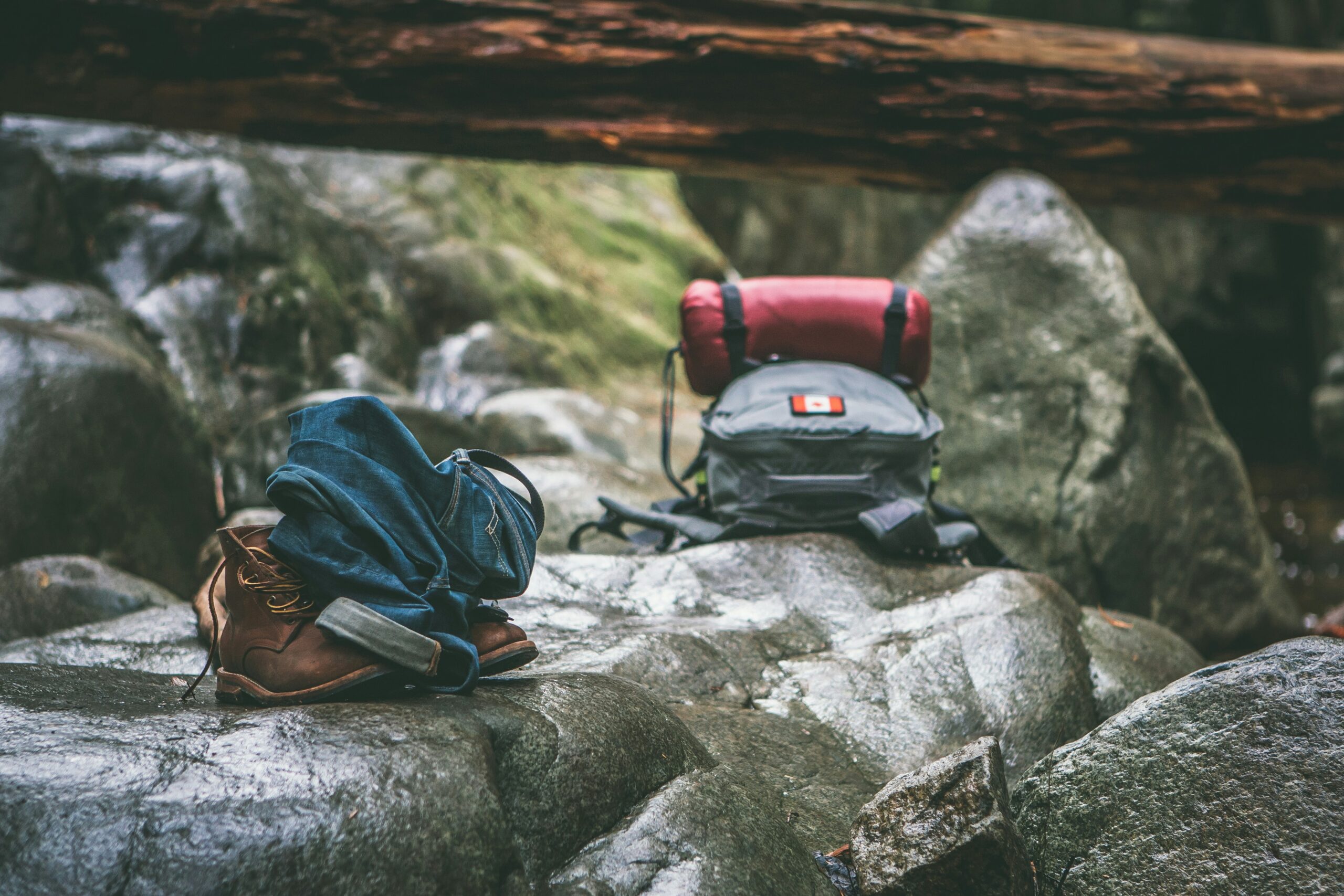Mastering the Outdoors: A Guide to Using an Outdoor Backpack

Choosing the Right Outdoor Backpack
When venturing into the great outdoors, selecting the appropriate outdoor backpack is crucial for a successful experience. The market is replete with various types of backpacks, each designed for specific activities and durations. Understanding the distinctions between daypacks, hiking backpacks, and multi-day packs is essential for every outdoor enthusiast.
Daypacks are ideal for short excursions, commonly offering a capacity ranging from 15 to 30 liters, which is typically sufficient for carrying essentials like water, snacks, a first-aid kit, and extra clothing. They often come equipped with features such as hydration reservoir sleeves, multiple compartments, and comfortable shoulder straps, making them suitable for quick hikes or day trips.
For longer hiking adventures, you may consider exploring hiking backpacks, which generally range from 30 to 70 liters in capacity. These backpacks are designed to accommodate more gear and provide additional support for carrying heavier loads. They often feature a more robust suspension system, which helps distribute weight evenly, enhancing comfort during extended hikes. Look for external pockets for accessibility, as well as attachment points for trekking poles or sleeping bags.
On the other hand, multi-day packs are the go-to choice for backpacking trips that last several days. These backpacks typically have a capacity of 50 liters or more and include specialized compartments for sleeping bags, cooking gear, and food supplies. It is critical to choose a pack with a comfortable fit, adjustable straps, and an ergonomic design, as these packs will bear significant loads over longer periods.
In selecting the right outdoor backpack, consider factors such as fit, materials, durability, and brand reputation. Opting for high-quality materials ensures longevity, while reputable brands often prioritize functionality and user comfort. Therefore, conducting thorough research and trying various models will aid in making an informed decision suitable for your outdoor pursuits.
Packing Essentials: How to Organize Your Backpack
When embarking on an outdoor adventure, the organization of your backpack can significantly impact your experience. Knowing how to pack effectively can enhance comfort, increase accessibility, and ensure safety during your journey. The first step is to identify the essential items you will need, which typically include food, water, clothing, and safety gear.
Water should be prioritized for any outdoor activity; carrying a reliable water source or hydration system is crucial. Ensure you have enough water to stay hydrated, particularly during strenuous activities. Pack a portable water filter or purification tablets if you plan on sourcing water from natural sources along the trail. Food items should be lightweight and high in energy, such as trail mix, energy bars, or dehydrated meals. Arrange snacks in easily accessible pockets for quick energy boosts while on the go.
When it comes to clothing, select items appropriate for the weather and terrain you will encounter. Layering is an effective strategy; pack thermal base layers, insulating mid-layers, and waterproof outer layers. Use compression bags to save space and keep your clothing organized. Safety gear such as a first-aid kit, multi-tool, and flashlight should also be packed thoughtfully, ideally in outer compartments for easy retrieval if needed.
Distributing weight evenly is vital for comfort during your hike. Place heavier items close to your back and centered in the large compartment of your backpack. This positioning helps maintain balance and reduces strain on your shoulders and back. Utilize the external pockets to store frequently accessed items like water bottles or maps, promoting efficient access without unpacking everything. A well-organized backpack enhances your overall experience, allowing you to focus on the beauty of your outdoor adventure rather than the discomfort of disorganization.
Adjusting and Fitting Your Outdoor Backpack
When venturing into the great outdoors, the proper adjustment and fitting of your outdoor backpack are crucial for ensuring both comfort and efficiency. A well-fitted backpack not only enhances your hiking experience but also helps prevent discomfort and injury. Understanding how to adjust key components of your backpack, such as shoulder straps, hip belts, and load lifters, is essential for achieving the best fit.
To begin, focus on the shoulder straps. When putting on your backpack, lift the shoulder straps over your shoulders and ensure they rest snugly against your body without digging in. Most outdoor backpacks come with adjustable straps that can be modified to suit your torso length. If the shoulder straps are too tight or too loose, simply alter them until you achieve a comfortable fit. The ideal positioning lets your arms move freely while keeping the weight of your pack balanced.
Next, the hip belt plays a vital role in distributing weight effectively. The hip belt should sit across your hip bones, as it is designed to shift the majority of the load from your shoulders to your hips. Buckle the hip belt snugly, ensuring it bears the bulk of the pack’s weight. If you find that the belt does not fit properly or feels uncomfortable, many backpacks offer adjustable hip belts that can be repositioned vertically or horizontally to accommodate different body types.
Lastly, adjust the load lifters located at the top of the backpack. These straps help pull the top of the pack closer to your body, enhancing stability, especially on uneven terrains. When tightened adequately, load lifters should create a slight angle, drawing the pack upward while maintaining comfort. Be cautious of common fitting issues such as pressure points or an imbalance of weight distribution, as these can detract from your outdoor experience. By making the necessary adjustments, you can ensure a comfortable and enjoyable hike, allowing you to focus on the beauty of nature instead of discomfort.
Maintenance and Care Tips for Your Outdoor Backpack
Maintaining your outdoor backpack is crucial for ensuring its longevity and performance during your adventures. Proper care not only enhances its durability but also guarantees that it remains functional and comfortable for your outdoor excursions. To keep your backpack in optimal condition, follow these maintenance and care tips.
First and foremost, regular cleaning is vital. After each use, especially in muddy or wet conditions, wipe down your backpack with a damp cloth to remove dirt and debris. For deeper cleaning, refer to the manufacturer’s guidelines, as most backpacks can be hand-washed with mild soap and water. Make sure to avoid harsh detergents and machine washing, as these can wear down the materials. If you’re dealing with stubborn stains or odors, consider using specialized gear cleaner designed for outdoor equipment.
Once clean, proper storage is critical to prolonging the lifespan of your backpack. Store it in a cool, dry place away from direct sunlight to prevent fading and deterioration of materials. Avoid cramming it into tight spaces, which can alter its shape and structure. Instead, consider hanging your backpack or placing it in a dedicated storage area to maintain its integrity.
Minor damages, such as small tears or broken straps, can often be repaired with a few simple tools. Carry a patch kit or some duct tape on your outdoor travels for on-the-go repairs. For more significant damage, consider reaching out to a professional repair service to restore the functionality of your backpack.
Lastly, protect your backpack from the elements. Using a rain cover can be beneficial during unexpected weather. Additionally, keeping your backpack dry and avoiding exposure to sharp objects can significantly reduce wear and tear. By following these maintenance tips, you will ensure that your outdoor backpack remains a reliable companion for many future adventures.




Leave a reply